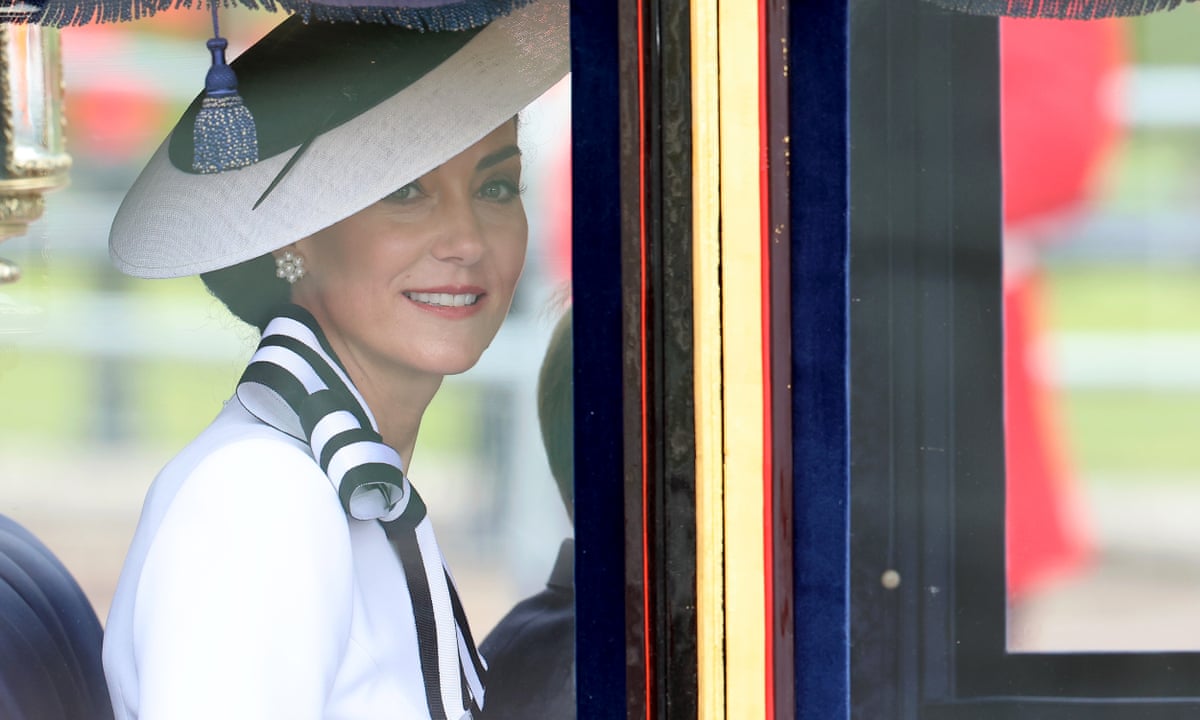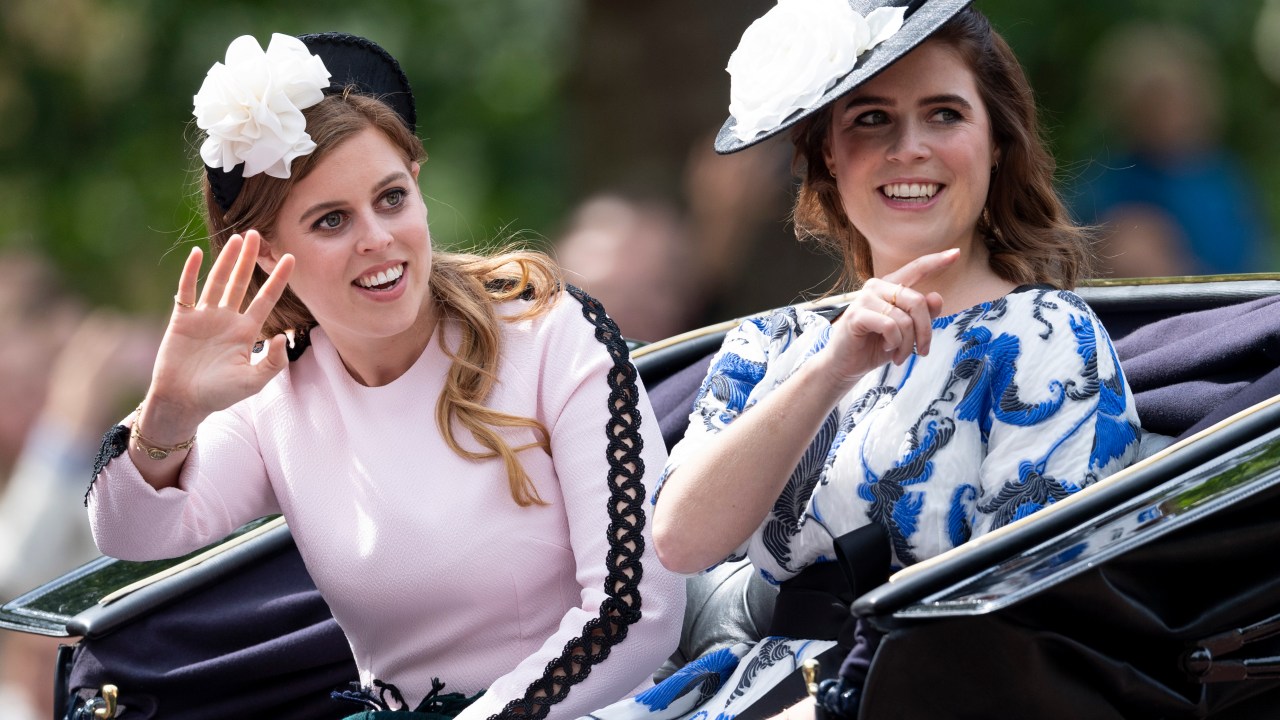In a poignant display of resilience and determination, the Princess of Wales, Catherine, made her first public appearance since her cancer diagnosis at this month’s Trooping the Colour ceremony.
The event, steeped in tradition and grandeur, not only celebrated her return but also served as a symbol of stability within the British monarchy during what has been a challenging period for the royal family.
Catherine’s presence was met with enthusiastic cheers from the crowds, underscoring the public’s enduring admiration for the princess who has captivated millions with her grace and style.
Her appearance at the ceremony was a deliberate effort to convey a message of strength and continuity, despite undergoing cancer treatment.

Following her appearance, sources close to Kensington Palace indicated that the princess would take a week of relaxation to contemplate her next steps in terms of public engagements. This period of contemplation comes at a time when unexpected shifts are occurring within the royal family’s operational dynamics.
Recent events have seen Prince Andrew’s daughter, Princess Beatrice, and Princess Anne’s temporary absence due to a head injury influencing discussions about the future roles of non-working royals like them. Despite not being official working royals themselves, both Princess Beatrice and Princess Eugenie have expressed a desire to take on more responsibilities traditionally associated with full-time royals.
“Beatrice allegedly wants a more permanent role akin to Katherine’s royal duties,” according to sources close to the princess. “She feels comfortable in the spotlight and sees herself making a meaningful contribution,” the source added.
However, King Charles, adhering to established protocols and reflecting on past decisions made by his mother, Queen Elizabeth II, has not moved to include them as full-time working royals. “The girls have built successful lives as private individuals,” a friend noted, acknowledging the complexities involved in transitioning them into more public-facing roles at this juncture.
The royal family’s focus on streamlining operations has been intensified by recent health challenges faced by both the king and Princess Catherine, who have been undergoing treatment for undisclosed forms of cancer. Prince William has reportedly adjusted his own duties to support his wife and children during this time.

Meanwhile, Princess Anne’s recent hospitalization for a head injury has further underscored the strains on the reduced pool of full-time working royals, which now primarily includes Queen Camila, Prince Edward, Sophie, the Duke and Duchess of Edinburgh, and potentially others unaffected by recent health setbacks.
As discussions continue within royal circles about the future roles of non-working royals and the operational focus of the monarchy under King Charles, the spotlight remains on Princess Catherine’s courageous return and the broader implications for the royal family’s evolving dynamics.
The public’s support for Catherine, coupled with the ongoing challenges facing the royal family, reflects a pivotal moment in their history as they navigate both personal health crises and institutional adaptations for the future.
